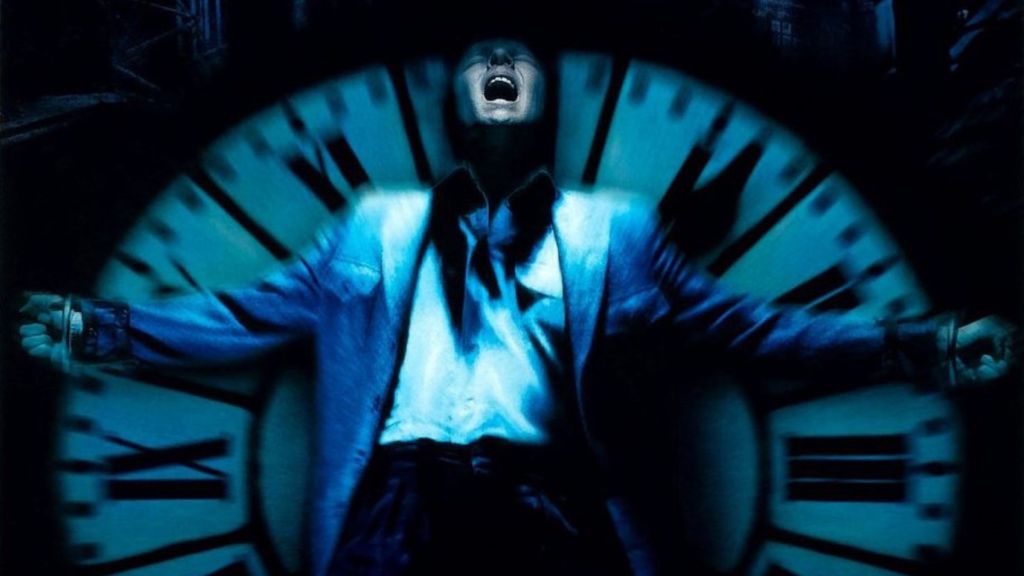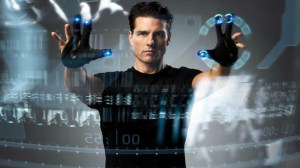The Hollywood business model has proven that time is no obstacle to reviving a beloved science fiction franchise. The 35-year gap between Blade Runner and its critically acclaimed 2017 sequel, Blade Runner 2049, showed that a thoughtful continuation could enrich a classic’s legacy. Similarly, Tron: Legacy arrived 28 years after its predecessor, using modern visual effects to finally realize the digital world the original could only imagine. Even the years-long hiatus between some installments of Alien and Predator allowed these franchises to reinvigorate themselves. This successful trend creates a compelling argument for revisiting other sci-fi classics that left audiences wanting more.
Videos by ComicBook.com
The strongest case for a cinematic return is built on a franchise’s proven ability to survive outside the multiplex. The properties on this list have been cinematically dormant for over two decades, yet their stories never truly ended. They demonstrated a remarkable longevity by expanding their worlds across different eras and formats, finding new life on past-generation gaming consoles, in officially sanctioned novelizations that deepened the original lore, and through ambitious comic book continuations that explored storylines the films never could. This decades-long history of creative expansion is the clearest evidence that a dedicated audience has kept these worlds alive, proving that the foundation for a successful cinematic return has already been built.
4) The Last Starfighter

The 1984 film The Last Starfighter told the story of Alex Rogan (Lance Guest), a teenager in a trailer park whose mastery of an arcade game turns out to be a recruitment test for an actual interstellar war. The film was a pioneer in its extensive use of computer-generated imagery for its space battles, a technique that was groundbreaking at the time. Its central premise perfectly captured the escapist fantasy of video games, transforming a high score into a heroic destiny. The movie’s open-ended conclusion, with Alex flying off to defend the frontier with his girlfriend Maggie (Catherine Mary Stewart), left the door wide open for further adventures that never materialized.
The franchise’s world was also expanded in a novelization by Alan Dean Foster and was intended to have an Atari video game tie-in, though it was ultimately canceled. In addition, despite The Last Starfighter‘s cult status, a sequel has been trapped in development hell for years, primarily due to a complex rights situation split between Universal and Warner Bros. Several attempts to revive the story have been made, including a planned legacy sequel titled The Last Starfighters from original writer Jonathan Betuel and Rogue One scribe Gary Whitta, which would have seen Alex Rogan return to pass the torch to a new generation. A modern sequel could finally fulfill the promise of the original, exploring the established universe with the advanced visual effects the first film could only dream of.
3) Dark City

Alex Proyas’ 1998 neo-noir thriller Dark City is a masterwork of stylistic and philosophical science fiction. The film follows John Murdoch (Rufus Sewell), a man who awakens with amnesia in a city of perpetual night, where a group of mysterious beings called the Strangers alter reality and memories while the citizens sleep. Pursued by Inspector Bumstead (William Hurt), Murdoch discovers he possesses the same reality-bending powers as the Strangers, leading to a final confrontation that reshapes his world.
The ending of Dark City is not a conclusion but a new beginning. For years, director Alex Proyas has publicly discussed his desire to continue the story, confirming he is developing a sequel in the form of a television series. His plan is to explore the consequences of Murdoch becoming the sole controller of the city’s reality, questioning what a human would do with such god-like power. This long-gestating project would move beyond the original’s mystery and delve into the complex social and psychological ramifications of its ending, proving that the narrative possibilities of this universe are far from exhausted. Yet, so far, we have only got the Mask of the Evil Apparition short film, which Proyas released in 2021.
2) The Fifth Element

Luc Besson’s The Fifth Element is a vibrant, eccentric, and utterly unique sci-fi spectacle. Set in the 23rd century, the film throws cynical cab driver Korben Dallas (Bruce Willis) into a galactic mission to save Earth from a cosmic evil. He is joined by Leeloo (Milla Jovovich), a supreme being who represents the titular fifth element. The film is celebrated for its wildly imaginative world-building, from the flying cars of New York City to the extravagant alien opera performances and the bombastic media personality Ruby Rhod (Chris Tucker).
While director Luc Besson has repeatedly stated he has no interest in making a sequel, the world of The Fifth Element has expanded in other media. A poorly received video game was released in 1998, but more significantly, the story has been continued in French comic books. These series, including The Story of the Great Evil, have served as both prequels and sequels, further developing the lore that the film only hinted at. The existence of this expanded universe demonstrates a clear path for how new stories could be told on screen, even without the involvement of the original director.
1) The Abyss

James Cameron’s 1989 film The Abyss is an ambitious underwater epic that blends claustrophobic tension with a wondrous sense of discovery. The story follows an oil rig crew, led by Bud Brigman (Ed Harris), who are recruited to salvage a sunken nuclear submarine. Deep in the Cayman Trough, they encounter a mysterious non-terrestrial intelligence (NTI), forcing them to confront their own humanity. The Abyss was a technical marvel renowned for its groundbreaking visual effects that set a new standard for computer-generated imagery, which helps to explain its cult status.
Despite the film ending on a world-changing event, a sequel to The Abyss has never materialized. In the expanded Special Edition of the film, the benevolent NTIs save the world from nuclear war by threatening to drown coastal cities with colossal tidal waves. The lore was further deepened in the official novelization by author Orson Scott Card, which explored the NTIs’ history and motivations. Given James Cameron’s passion for deep-sea exploration and his success with long-delayed sequels like Avatar: The Way of Water, a return to the world of The Abyss feels like a massive missed opportunity to explore the geopolitical consequences of humanity’s first contact.
What other sci-fi classic do you think is ready for a sequel? Leave a comment below and join the conversation now in the ComicBook Forum!









